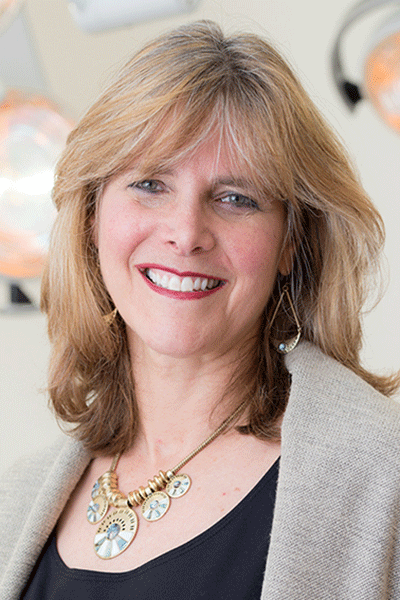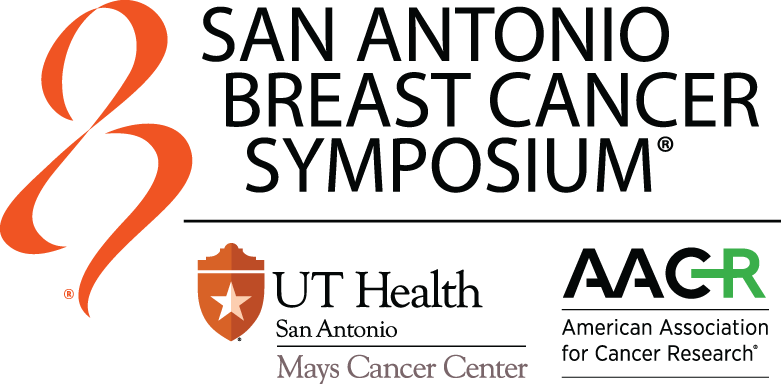
The I-SPY trials have become models to accelerate the development of safe, effective, personalized treatment, detection, and prevention options and improve the delivery of clinical care for breast cancer patients.
In this year’s Brinker Clinical Research Award Lecture, “I-SPY 2.2: Delivering Personalized Treatment for Breast Cancer When Patients Need It Most,” I-SPY Principal Investigator Laura Esserman, MD, MBA, Professor of Surgery and Radiology and Director of the Carol Franc Buck Breast Care Center at the University of California, San Francisco, discussed the vision and goals for I-SPY 2 and beyond.
At the outset of the I-SPY 1 trial in the early 2000s, she said the conceptual framework was to improve the way new treatments were evaluated.
“We wanted to accelerate knowledge turns, to drive urgency and innovation into the process, and not be content with the pace of change that we had at the time,” said Dr. Esserman. “We wanted to design trials and incorporate disease heterogeneity from the get-go, to incorporate it into the fabric of the trial. And we thought that metastatic or end-stage disease may not be the ideal place for drug development. If we move the drug development into an earlier stage setting, we might find that drugs would work better in patients who didn’t already have resistant disease.”
Having early endpoints that could be captured in the course of care, she said, was essential.
“We wanted to look for big signals, to find in all these drugs what really had the big signals,” Dr. Esserman said. “And in order to do this, we had to have willingness of patients to try a new approach. Breast cancer turned out to be a great place to start, not only because of the emerging science in the field, but because women demanded better and were willing to try new things.”
Moving into I-SPY 2, she said the goal was to save lives by accelerating learning, by focusing on women with stage 2-3 breast cancer and high risk for early recurrence, and moving treatment earlier when a great response meant a cure.
“We wanted to maximize our ability to learn about response early in the course of care, not only using pCR, but actually using MRI tumor volume change as an even earlier indicator of whether or not we were seeing change and improvement,” Dr. Esserman said. “And it turns out that not only is this great for patients to achieve a pCR, but it’s incredibly good for the health care system as well, because it’s incredibly cost-effective.”
In setting up the I-SPY 2 trial, she said the intent was to be efficient, to be flexible so that standard treatments could evolve, to have a learning system where care and outcome could improve at all sites and continue to improve, and for it to be collaborative.
“So, with I-SPY 2.2, we think it’s time for a sea change,” Dr. Esserman said. “Our goal is to get 90% of patients to a complete response without standard chemotherapy, to improve the outcomes with better classifiers, with multiple shots on goal, to do targeted de-escalation and escalation of therapy based on response, and to improve survival and decrease toxicity. This is the way we want care to be in the future, so our approach in trials should mirror our care.”
SABCS registrants have exclusive on-demand access to Dr. Esserman’s lecture and other virtual SABCS programming until March 13, 2021.

